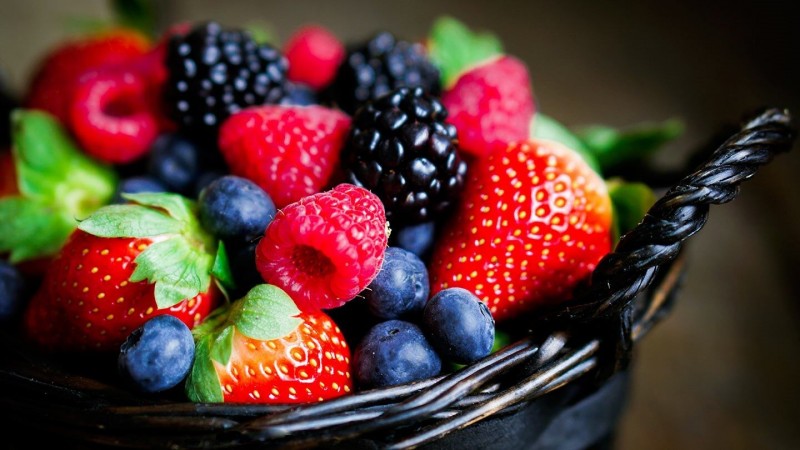Living with diabetes can be challenging, especially when it comes to making dietary choices. Fruits, known for their natural sweetness and numerous health benefits, can pose a conundrum for those managing diabetes. In this article, we will explore which fruits can be harmful in diabetes, why they can raise blood sugar levels, and how to strike a balance between taste and health.
The Sweet Dilemma: Diabetes and Fruit Consumption
Diabetes is a chronic condition that affects how your body processes glucose, the sugar that fuels your cells. When you have diabetes, it's crucial to monitor and control your blood sugar levels. While fruits are rich in essential nutrients, vitamins, and fiber, they also contain natural sugars, primarily fructose.
The Impact of High Glycemic Index (GI) Fruits
- Understanding Glycemic Index (GI): The Glycemic Index measures how quickly a particular food raises blood sugar levels. Fruits with a high GI can cause a rapid spike in blood sugar.
- Fruits to Be Cautious About: Fruits like watermelon, pineapple, and ripe bananas have a high GI, making them less suitable for diabetes management.
- Moderation is Key: It's not about avoiding high-GI fruits altogether but enjoying them in moderation.
The Safer Choices: Low-GI Fruits
- Low-GI Fruits: Opt for fruits with a low GI, such as berries (strawberries, blueberries, raspberries), cherries, and apples (with the skin). These are less likely to cause significant blood sugar spikes.
- Fiber Matters: The fiber in these fruits helps slow down sugar absorption, promoting more stable blood sugar levels.
The Art of Portion Control
- Keep Portions Small: Enjoying smaller portions of fruits at a time can help prevent sharp increases in blood sugar.
- Pair with Protein: Combining fruits with a source of protein, like Greek yogurt or nuts, can further mitigate blood sugar spikes.
Monitoring Your Blood Sugar
- Regular Monitoring: Keep track of your blood sugar levels to understand how different fruits affect you personally.
- Consult a Healthcare Professional: Work closely with your healthcare team to create a personalized diabetes management plan.
Beyond Fruit Choices: The Bigger Picture
- Balanced Diet: Focus on a well-rounded diet that includes vegetables, lean proteins, whole grains, and healthy fats alongside fruits.
- Regular Exercise: Physical activity can help improve insulin sensitivity and better control blood sugar.
Don't Forget the Taste
- Flavorful Alternatives: Explore herbs and spices like cinnamon, ginger, and mint to add flavor without added sugars.
- Staying Hydrated: Drinking water infused with slices of lemon or cucumber can be a refreshing and sugar-free alternative.
Balancing diabetes management with enjoying the taste of fruits is possible. It's crucial to be mindful of portion sizes, choose fruits with a lower GI, and maintain a holistic approach to diabetes care. By making informed choices and working closely with your healthcare team, you can savor the flavor of fruits without compromising your blood sugar control.
Uttar Pradesh Sets New Record with 6.63 Lakh Ayushman Cards Issued in a Day
iCure Diet Clinic: Pioneering personalized wellness for a healthier India and beyond
Gourd Leaves: A Remedy for 10 Ailments and How to Use Them
